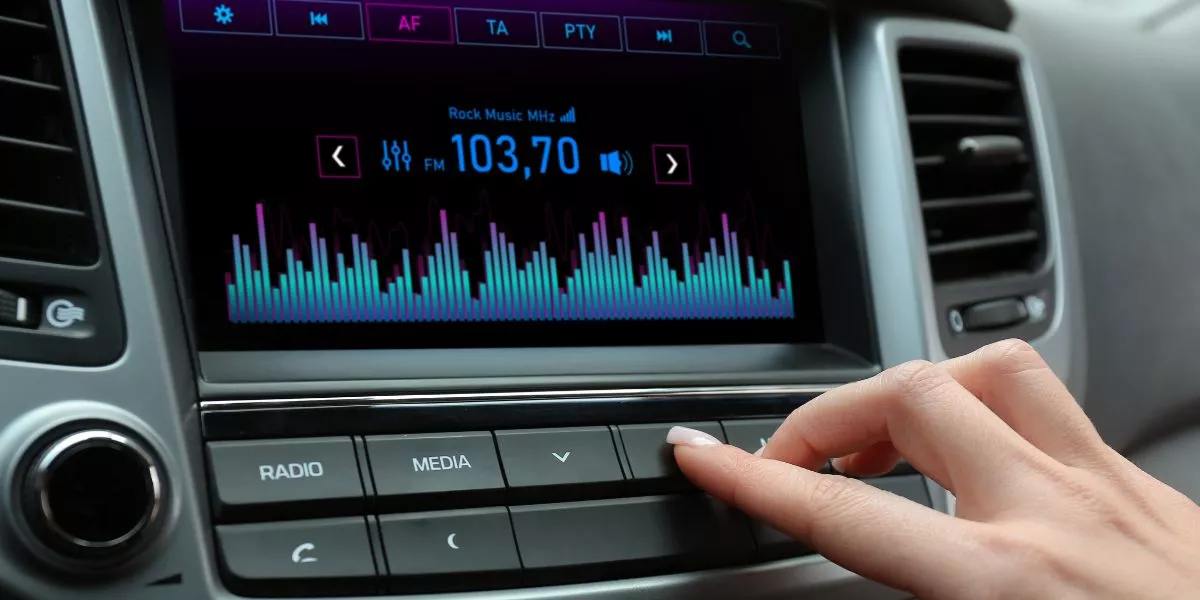
If you're looking to enhance your car's audio system for a richer sound experience, upgrading your speakers, head unit, and adding a subwoofer can make a significant difference. But that's just the beginning. In the world of car audio upgrades, there are various advanced techniques and components that can take your sound system to a whole new level of excellence. Stay tuned to discover some lesser-known tips and tricks that could transform your car into a mobile concert hall.
Choose High-Quality Speakers
When upgrading your car's audio system, opt for high-quality speakers to enhance your listening experience. High-quality speakers can significantly improve the sound quality in your car, providing clearer vocals, more defined bass, and overall better audio performance. Look for speakers that are made from materials like polypropylene or woven fabrics for durability and optimal sound production.
When choosing speakers, consider factors such as sensitivity, power-handling, and impedance to ensure compatibility with your car's audio system. Higher sensitivity ratings are better for factory stereos, while lower sensitivity speakers work well with external amplifiers. Power-handling capabilities determine how much power a speaker can handle without getting damaged, so make sure to match the speakers with your car stereo or amplifier's power output.
Additionally, pay attention to the speaker's impedance, which measures the resistance to the electrical current flowing through the speaker. Matching the speaker's impedance to your car stereo's output can prevent overheating and ensure optimal performance. By selecting high-quality speakers that suit your listening preferences and vehicle specifications, you can elevate your car audio experience to a whole new level.
Upgrade the Head Unit
Consider upgrading the head unit in your car to further enhance the audio quality and functionality of your sound system. The head unit, also known as the stereo or receiver, is the central control for your car's audio system. By upgrading to a higher-quality head unit, you can enjoy improved sound processing, better connectivity options, and enhanced features.
When selecting a new head unit, look for one that offers advanced audio settings such as built-in equalizers, time alignment, and high-quality digital-to-analog converters (DACs). These features can help optimize the sound output to suit your preferences and the acoustics of your car.
Additionally, consider a head unit with modern connectivity options like Bluetooth, USB, and auxiliary inputs. This allows you to easily connect your devices and stream music with better quality and convenience.
Upgrading your head unit is a great way to take your car audio system to the next level without making drastic changes. It can significantly improve sound quality and overall listening experience while providing you with more control and flexibility over your audio setup.
Add a Subwoofer for Bass
Enhance your car's audio system by adding a subwoofer for powerful bass that elevates your listening experience. A subwoofer is designed to reproduce low-frequency sounds, providing depth and richness to your music that regular car speakers can't match. By adding a subwoofer, you can enjoy a more balanced sound with enhanced clarity, especially in the lower range of tones.
When selecting a subwoofer, consider factors like size, power handling, and enclosure type to ensure it complements your existing audio setup. Subwoofers come in various sizes, typically ranging from 8 to 15 inches, with larger sizes producing deeper bass. Match the subwoofer's power handling capabilities with your amplifier to prevent distortion and achieve optimal performance.
Installing a subwoofer involves connecting it to your car's audio system, positioning it correctly in your vehicle, and tuning it for the best sound quality. Whether you enjoy booming bass or subtle low tones, a subwoofer can significantly enhance your overall audio experience while driving.
Sound Deadening Material Installation
To improve your car's audio quality and reduce unwanted noise, install sound deadening material in key areas of your vehicle. Sound deadening materials like butyl rubber sheets or closed-cell foam can significantly enhance your audio experience by minimizing vibrations and outside noise. Start by applying the material to the doors, floor, and trunk of your car, as these areas are common sources of noise intrusion.
Begin by thoroughly cleaning the surfaces where you plan to install the sound deadening material. Next, cut the material to fit the specific areas, ensuring complete coverage. Use a roller tool to firmly press the material onto the surfaces, eliminating any air pockets for maximum effectiveness. Pay close attention to corners and edges to create a seamless barrier against noise.
Optimize Sound Settings
For optimal audio quality in your car, fine-tune the sound settings to suit your preferences and vehicle's acoustics. Start by adjusting the equalizer to balance the frequencies. Increase the bass for a deeper, more pronounced low end, or boost the treble for clearer highs. Play around with the mid-range to enhance vocals and instruments. Consider the loudness settings to maintain clarity at lower volumes.
Next, focus on the fade and balance controls. Ensure that the sound is evenly distributed between the speakers by adjusting the balance. Set the fade to balance the sound between the front and rear speakers for a more immersive audio experience.
Experiment with time alignment to synchronize the sound from each speaker, creating a cohesive listening environment. Adjust the crossover settings to direct specific frequencies to the appropriate speakers, preventing distortion and maximizing sound quality.
Lastly, don't forget to fine-tune the volume levels. Avoid cranking up the volume too high, as it can lead to distortion. Find a comfortable listening level that allows you to enjoy your music without compromising audio quality.




